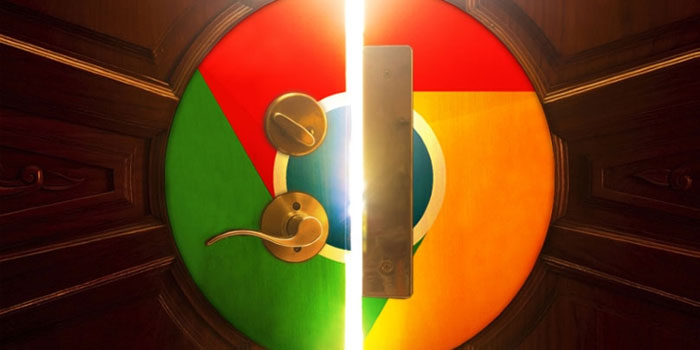With the release of Chrome 42, push notifications on phones and tablets are no longer limited to native apps. Google has now added the ability for websites to send notifications to an Android phone, giving users the opportunity to connect more deeply with the mobile web experiences that are essential to them.
Why opt for push notifications?
As the name implies, through push notifications, you’ll be able to get live updates and notifications from supported websites regardless of whether or not you have your browser open. It provides the means for developers to deliver timely and personalized web content to the end user. The feature will open the doors for a host of new experiences, such as real-time communication.
Push notifications are entirely optional, though, and you’ll have to grant permission to websites in order to take advantage of the feature. Should you not find it useful, you can easily opt out directly with the touch of a button. The notifications themselves will be sent to your device via Google Cloud Messaging, resulting in little to no additional battery consumption.
With wider support for push notifications, Google intends to provide a web standard that makes it easier for developers to bring parity to the features offered via native and web apps. Native applications have typically offered greater engagement, as they’ve provided experiences that couldn’t be reproduced in a web app. With Chrome 42, the gap between native and web apps will finally begin to narrow down.
What websites will be supported?
Initially, the websites that will support push notifications include Beyond the Rack, eBay, Facebook, FanSided, Pinterest, Product Hunt, and VICE News. However, these sites won’t be implementing it for a couple of weeks, so users will have to wait for a while before they can get some hands-on experience with the feature.
What about “Add to Homescreen”?
Google is also offering another feature that will allow users to add a web page shortcut, which sports the look and feel of a native app, to the home screen of their Android devices. Websites optimized for mobile devices will display an “Add to homescreen” button at the bottom of the screen. As is the case with native apps, these web apps will partially function even when you’re offline.
For more on push notifications, visit Google’s Chromium Blog.






















It also means that some innocent users will be charged data rates from their network provider, unknowingly because they had unintentionally opted for these push notifications.
” Push notifications are entirely optional, though, and you’ll have to grant permission to websites in order to take advantage of the feature ” …
Its good. Now most site owners will no more have to make their mobile apps saperately. The website will do the work.